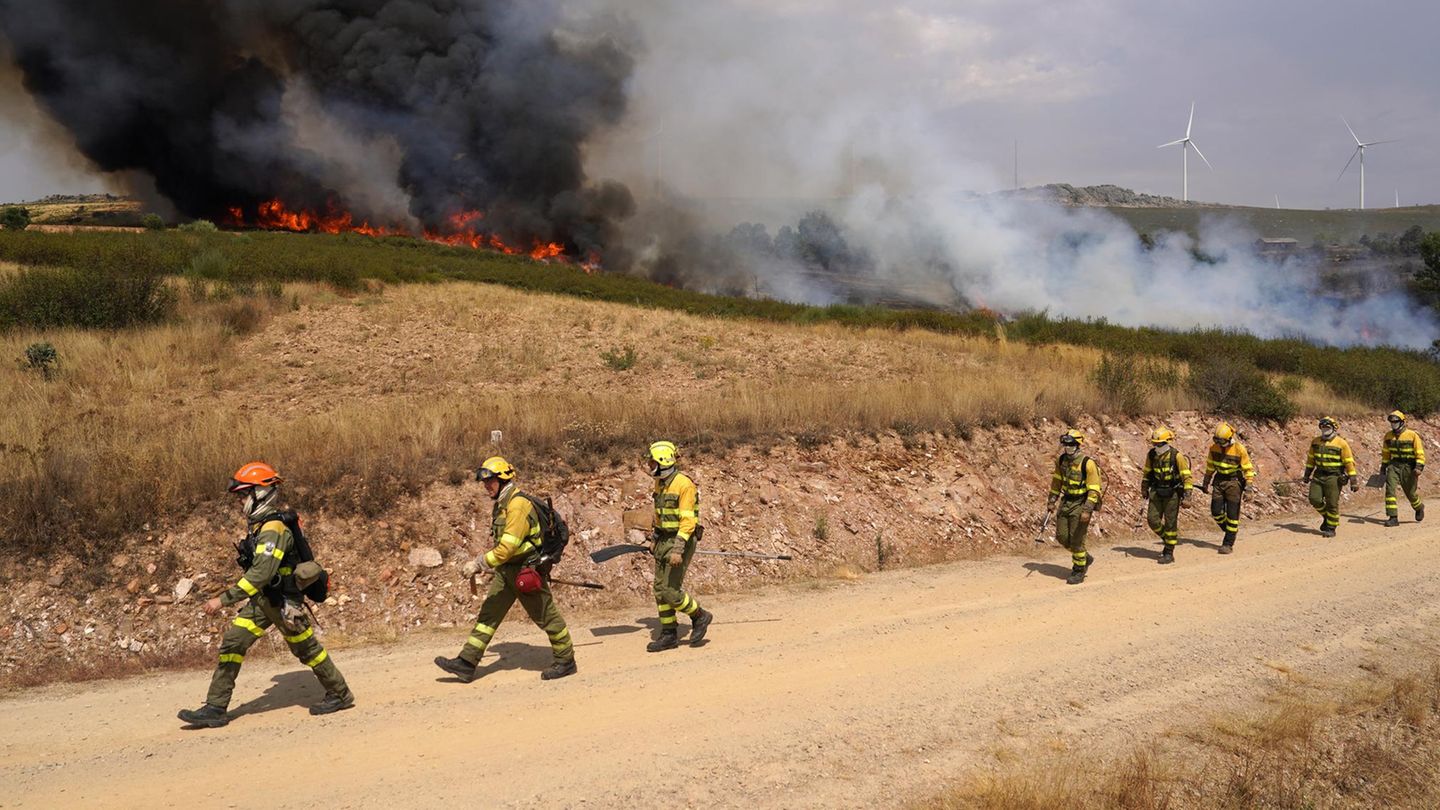Menu
Climate hotspot southern Europe: What will become of the summer vacations?
Categories
Most Read
Head of the highest: How high can the maximum legal pension be?
October 2, 2025
No Comments
Pension: Every fifth in retirement has to make do with 1,400 euros
October 2, 2025
No Comments
A supermarket offers a huge amount of discounts for its anniversary
October 2, 2025
No Comments
Pension: A marriage is the greatest danger to the pension
October 2, 2025
No Comments
Prime Deal Days 2025: Discover strong preliminary offers on Amazon
October 2, 2025
No Comments
Latest Posts

Dollar: After the strong intervention, the focus returns to the drainage of treasure currency and the pressure on the CCL
October 2, 2025
No Comments
The dollar remains highly pressed and this day will start a new wheel, which guarantees that it is number 15 to the October elections. The

Dollar bonds rebound in the Premarket after Scott Besent’s message
October 2, 2025
No Comments
October 2, 2025 – 08:42 The dollar bonds rise in the Premarket after the message of Scott Besunt, who confirmed contacts with the Minister of

Scott Besent will meet Luis Caputo to finalize the details of the aid to Javier Milei’s government
October 2, 2025
No Comments
The Secretary of the United States Treasury, Scott Besent, said he maintained a “very positive call” with the Minister of Economy, Luis Caputo, within the
24 Hours Worlds is a comprehensive source of instant world current affairs, offering up-to-the-minute coverage of breaking news and events from around the globe. With a team of experienced journalists and experts on hand 24/7.

